Just started in running? Get answers to some of the most common running questions asked by beginners.
How do you get started running?
If you are considering taking up running for a hobby, exercise or even events such as marathons, it is always best to start slow. If you are relatively new to exercise it is best to build a foundation of walks, gradually getting longer until you feel able to pick up the pace and begin a running session. It is also perfectly acceptable to walk during your runs to avoid over exerting yourself or causing damage. Slow and steady is the best policy for beginner running as making yourself too sore or even injuring yourself early on can be detrimental to your motivation and running routine. Once you’ve reached a reasonable fitness level or have developed your stamina with a foundation of walking, it is best to start with runs between 10-15 minutes and gradually increasing your pace by a couple of minutes over time.
What are the benefits of running?
Although a relatively simple and low maintenance form of exercise, running has endless benefits to a variety of areas within your life. Firstly running is commonly known for its benefits with health, weight and fitness. Being an aerobic exercise, running burns a very high amount of calories, an average of 850 calories per hour for an average 160-lb (72.5kg) person, it can significantly help keeping your weight under control. As well as increasing your strength and stamina, running can improve your ability to excel in other sports and workouts, resulting in many benefits such as cardiovascular, mental, joint and general wellbeing developments. Running can also improve your lifestyle, saving you money at the gym, if you prefer outdoor jogs, help you meet new people, distract you from the stresses of life, help you enjoy the outdoors and nature, improve sleep, energy and even memory. The list of benefits felt from running is endless and can affect all areas of your life, from love-life to your bank balance.
What should you wear when running?
Running is a relatively low maintenance form of exercise, essentially only requiring a good pair of running shoes when starting off, general comfortable clothing to exercise in and some supportive pieces may be needed if you suffer with pains or injuries in particular areas. But otherwise all that you need to start running is a good pair of shoes. Running shoes are designed to support your foot when striking the ground properly, reducing friction and movement within the shoe, and so better to steer clear of old pumps or trainers not primarily designed for running.
Is it better to run outdoors or on a treadmill?
Whether outdoors or indoors any form of running will be beneficial, but the two differ in a collection of ways, and determining which form is ideal will depend on the individual. Treadmills pull the ground beneath you, propelling you forwards with less friction making running somewhat easier. This is ideal for beginner runners as your environment and conditions will be less harsh, for example weather, and also help control your running intensity, easily recording and controlling your speed, distance, incline and so on. Treadmills are also cushioned, therefore being softer on joints if you suffer with injuries or issues. Outdoor running is ideal however to push and work your body harder, losing the comfort of the stop button and tv in front of the treadmill in the gym.
What pace and style is best for beginner runners?
During the early stages of your running it is best to start slower and gradually increase pace and distance at a rate which you are comfortable with. Many worry about the potential health effects incurred with steady running; questioning its effectiveness of fitness and weight, arguing it could result in muscle loss, for example marathon runners generally have very slight frames, yet running time and time again has shown overriding health benefits. Either by itself or combined with resistance training, everyone can experience the benefits of running in endless areas of health, fitness and lifestyle. Your own personal goals and aims will determine your workout schedule, but running is recommended as an easy and vital part of fitness.
Is it normal to feel pain or be out of breath when running?
Any form of exercise can be uncomfortable at first as you are putting your body through something it is not used to, but knowing when you’re hurting from the burn exercise and from injury are very important distinctions. Running is a completely new aerobic activity, using your muscles and fitness levels in a different way and so the importance in controlling this discomfort is to start slow and build up in intensity. It is always good to push yourself when working out, but our bodies have certain fitness levels which are improved over a period of time, pushing yourself too hard to cause over-exhaustion and even injury. If you feel real intense pain instead of the discomfort associated with fitness, then you should stop and recover as you are pushing your body too hard.
What is the best breathing technique?
Using both your nose and mouth to breath is the ideal way to ensure maximum oxygen intake when running. When breathing you should use big ‘belly’ breaths, engaging your diaphragm instead of shallower breaths from the chest, this will cause more oxygen to be taken into the lungs and a better running performance. Breathing can also be a useful technique to control rhythm; syncing your breathing along with your pace can distract and focus your mind on coordination and pace, instead of the tiredness that can accompany running. There is no singular way to breath properly but engaging both your nose and mouth, taking deep and long breaths that fit your style and preference, is the best way to breathe efficiently.
How can you get rid of stitches?
Stitches are an inevitable part of running, but they are considerably annoying and disruptive to your pace, pattern and routine. Stitches are usually cramping of the diaphragm common at the beginning of running as core muscles aren't strong enough to support the jostling movements when running. Running too fast or for too long when you haven't build up enough strength can cause stitches, but these should gradually decrease as you build stamina with running. There are a few tips to help get rid of stitches including; gently pushing fingers into the area of pain, quick deep breaths to re-oxygenate the area and force the diaphragm into a more comfortable position can help. Holding your breath for a few seconds followed by a strong breath out or even stopping and slowing down to a brisk walk combined with stretching your midriff can help relieve stitches.
What to do when you encounter an injury?
Any form of exercise can be accompanied by drawbacks such as injuries, and running is no exception. As running involves nearly all parts of your body, it can become strenuous on certain joints and muscles of the body. Injuries can sometimes be inevitable with sports, but they normally indicate on overuse of exercise, which it is then best to reduce your frequency and intensity, giving your body adequate time to recover. Shin splints however are a common occurrence with new runners, resulting from our body’s inexperience to deal with the demands running can put on it. The best answer to this is rest, however much needed to ensure all the pain has gone. If shin splints continue over an extended period of time it is best to seek professional help as there may be an underlying issue, such as fallen arches or join alignment, putting pressure on joints and bones. The professional will be able to provide a more suitable solution to any problems you may encounter.
What is best to eat and drink before and after a run?
Specific dietary requirements are dependent on your exercise aims. A runner training for a marathon and a runner trying to lose weight will have different requirements to achieve results most effectively, but essentially a running diet can be very flexible. The only fundamental feature necessary when running is hydration, it is vitally important that your body is well hydrated before, during and after exercise, whether by sports drink or water, it is important to keep your fluids well stocked when running. Generally any exercise straight after food is not a good idea due to cramping and indigestion, instead a light snack before running or waiting 1-2 hours after food is advised before you run. A high carb food is ideal due to its rich source of energy for your run, followed by high carb and protein foods are ideal after your run to assist recovery of muscles and energy.
How often should you run?
How often you run depends purely on your ability and availability, most runners need at least one or two days a week free from running, either replaced by rest or a different form of exercise. As important as exercising is, without recovery you can burn your body out and even develop injuries; taking days off can help your body and mind take some much needed rest. It is generally advised for a beginner runner to run around 3 days a week, having frequent breaks from the unusual strain put upon your body, but this is all dependent on how you react to running, what your schedule is, how long you need to recover and what your goals are.
Should you stretch?
Stretching is a vital part of any exercise and is an essential element for recovery and the ability to run or exercise again. Through the course of exercise muscles will shorten in size due to the repeated contraction, and so stretching helps elongate the muscles back to their original size, realigning the body’s muscles and bones. Shorter unstretched muscles after a few hours can become sore and uncomfortable, hindering further exercise, causing recovery to take longer. When exercising, oxygen is needed to break down our food into energy and when oxygen runs low other elements are broken down to assist this release of energy. In the process lactic acid is released into the muscles. This release of lactic acid results in the soreness we feel in the days after exercise, stretching however can assist your body’s natural process of removing this acid from the muscles, replacing it with glucose, and restoring your muscles back to its ideal state.
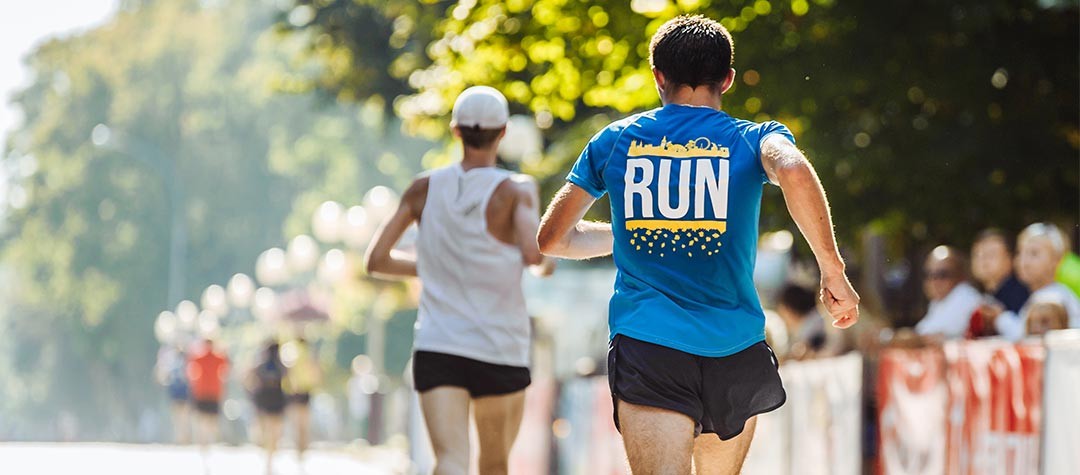








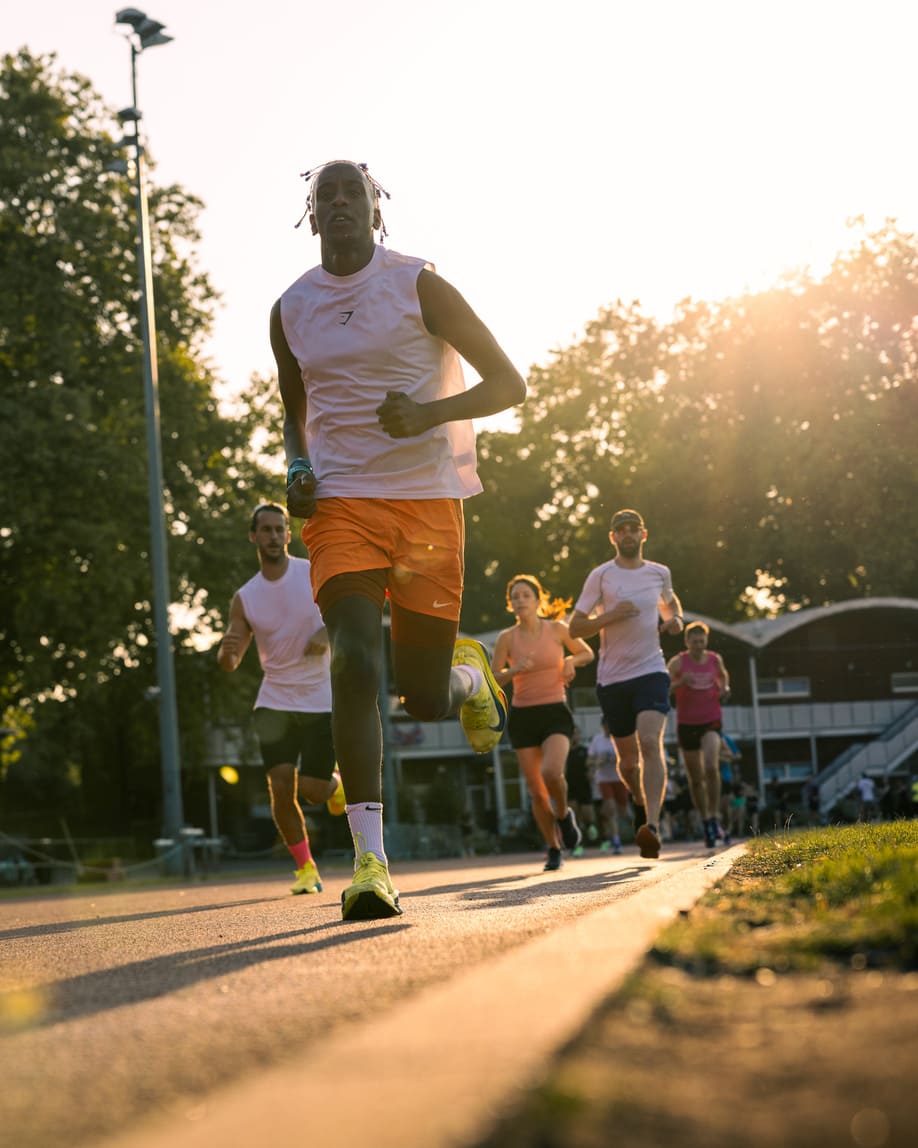
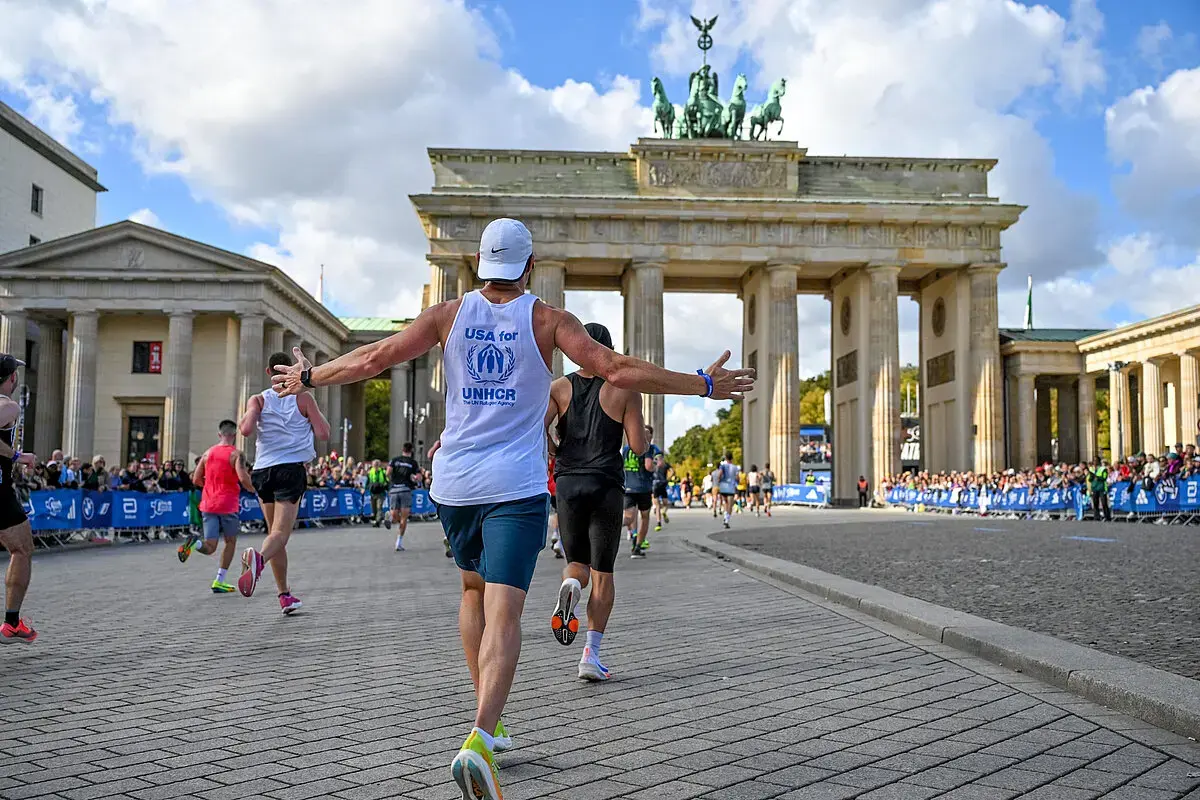
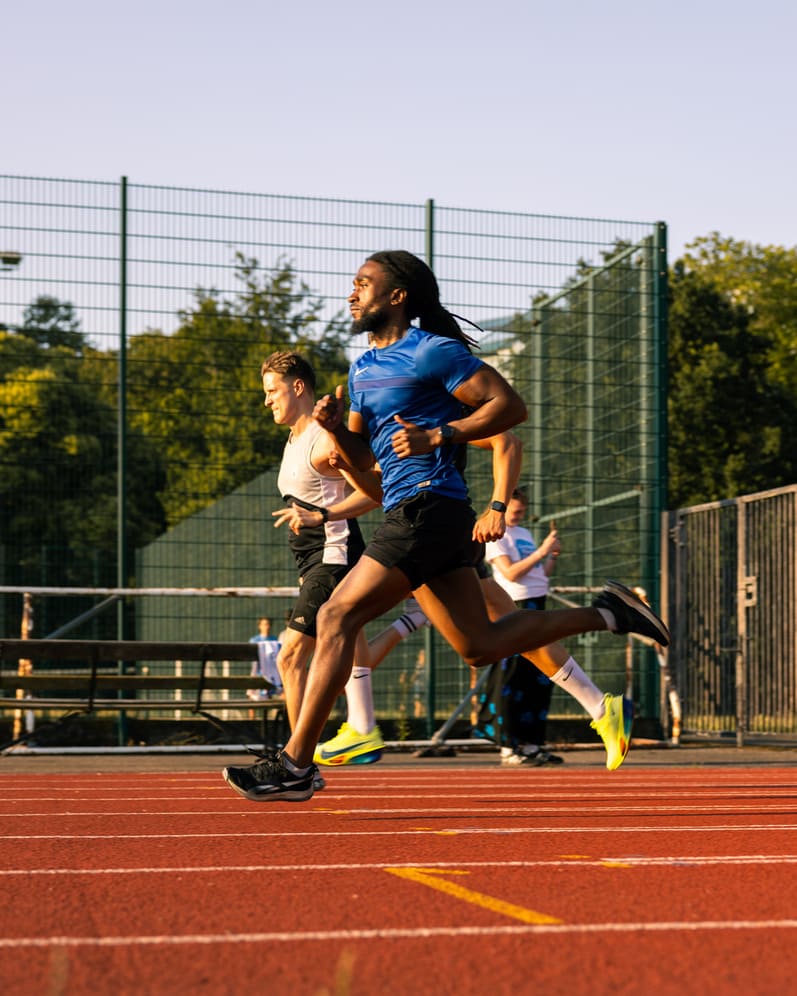
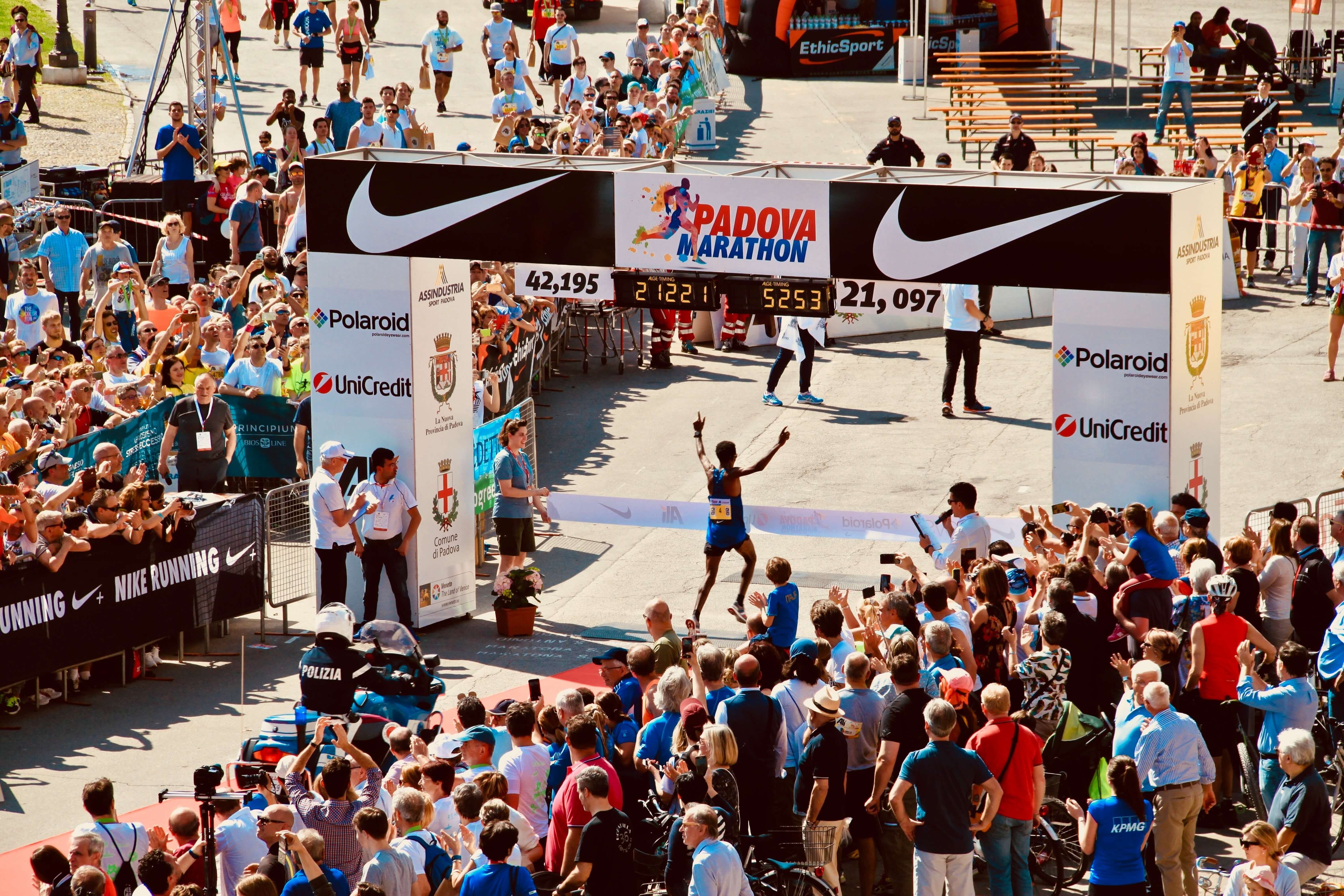
%20(1).jpg)